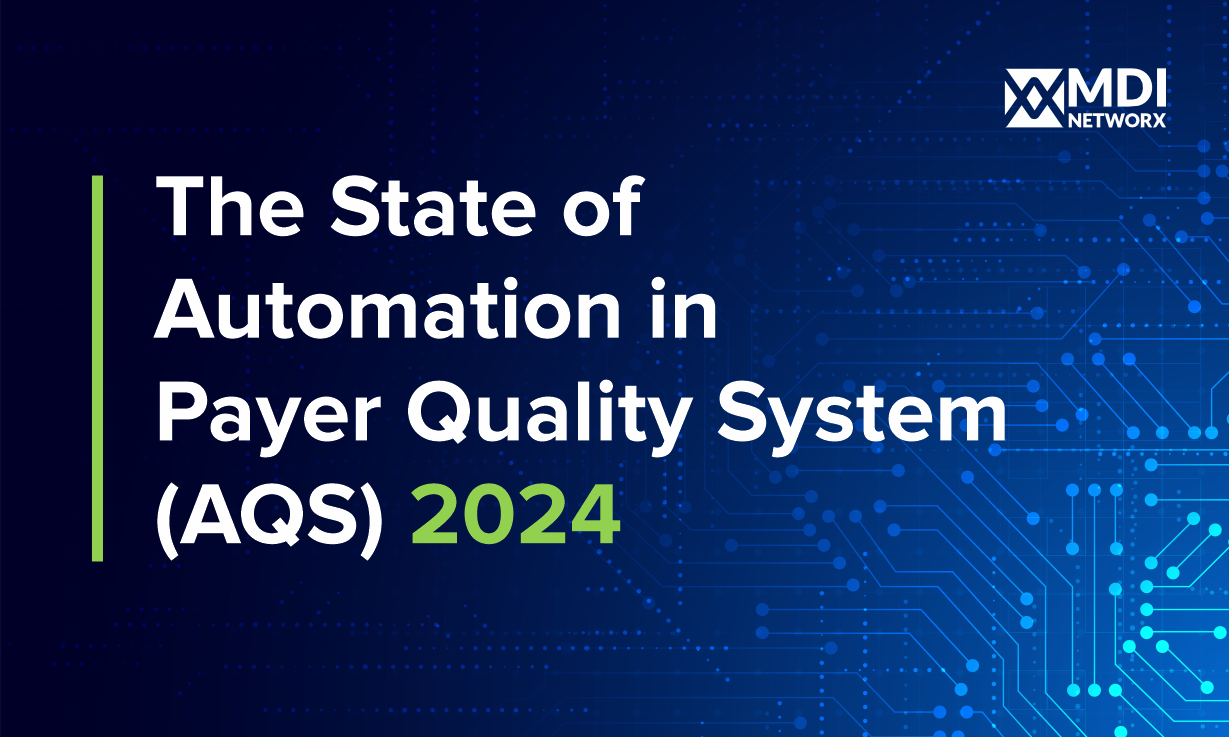For years, payer operations treated intake as a back-office function, something to digitize and move along quickly. But in 2025, intake is no longer just the start of a process. It has become a point of leverage.
As healthcare operations become more fragmented and claim volumes grow, intake is where delays begin, errors spread, and service levels start to slip. Leading health plans are no longer focused only on how fast they scan. They focus on how well they orchestrate intake because this is where performance gains begin.
Digitization Is Not the Destination
Most payers have already completed their initial digitization efforts. Scanning is in place. Files are stored. But in many organizations, documents still wait in inboxes, shared drives, or folders for manual routing and classification.
This is not an intelligent workflow. It is a stalled process.
True digital intake means applying structure and intelligence from the moment a document enters the system. That includes identifying document types, applying business rules for priority, and directing each item in real time to the right system, team, or function. All of this must happen without manual intervention.
Workflow Automation Is Now a Performance Lever
The speed and accuracy of intake directly affects everything that follows. If intake is delayed or inconsistent, it creates friction throughout the claim lifecycle. Late classification and routing often lead to rework, compliance issues, and poor provider experience.
Modern automation addresses more than just speed. It enables rules-based logic, recognizes urgency through context, and continuously improves routing based on historical data. The result is not just faster processing. It is smarter processing.
Payers that once viewed intake as a clerical task are now using it to improve end-to-end performance.
Orchestration Creates a Connected Payer Ecosystem
When intake, claims, audit, and service teams operate in silos, processes slow down. Orchestration helps eliminate these barriers by integrating intake with every other part of operations, including claims platforms, audit systems, analytics tools, and customer service interfaces.
The result is a more fluid and transparent operation. Teams respond faster. Bottlenecks are easier to spot. Everyone works from a shared source of truth.
This is not just a workflow improvement. It is a foundation for better operational alignment.
Intelligent Intake Is a Business Imperative
Payers are pressured to move faster, reduce costs, and maintain accuracy. Manual document handling is no longer sustainable. Intelligent intake platforms help resolve these challenges by automating triage, identifying real-time bottlenecks, and providing visibility across workflows.
This kind of insight is no longer optional. It is critical to stay competitive.
Enterprise-Level Intake is the New Standard
In the most efficient payer organizations, intake is no longer viewed as an isolated function. It is fully embedded into enterprise operations. Intelligent intake and digital mailroom engines enable faster claim reviews, earlier audits, and quicker resolution of service issues.
These investments are doing more than cutting costs. They are increasing accuracy, reducing delays, and helping payers confidently scale.
See how leading payers use intelligent intake to improve accuracy, reduce rework, and unlock measurable operational gains across the claims lifecycle.





